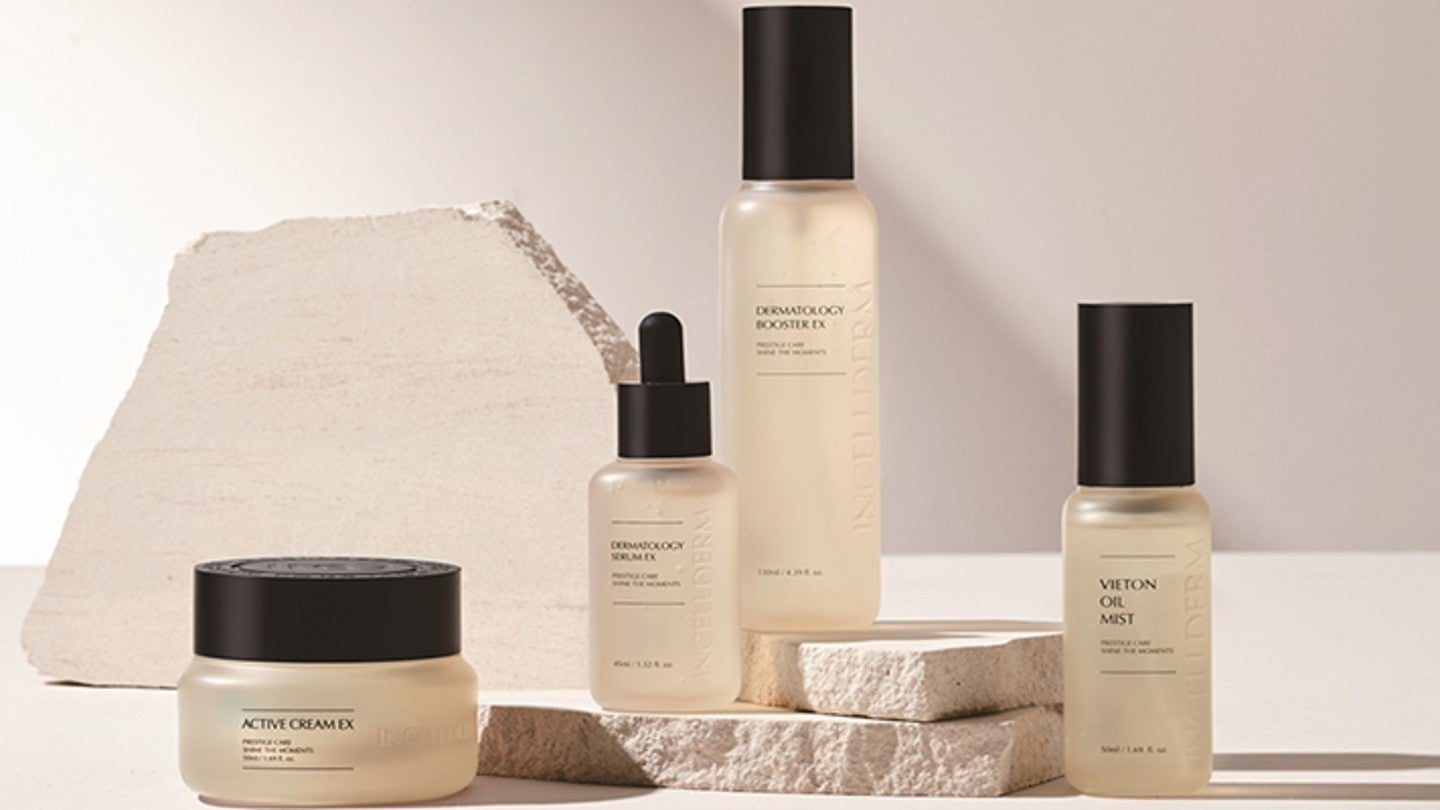
CJ Biomaterials, a polyhydroxyalkanoate (PHA) biopolymers manufacturing division of South Korea-based CJ CheilJedang, is developing new packaging for Riman Korea’s IncellDerm products line.
The packaging company will blend its patented PHA technology, which is naturally derived and produced, with polylactic acid (PLA) to create a more sustainable packaging solution.
CJ Biomaterials produces its PHA technology under the brand name ‘PHACT’, short for PHA+Action.
This blended PLA-PHA material will be used for Riman’s IncellDerm Active Cream EX, Dermatology First Package Booster EX, and Vieton Oil Mist products.
These three products alone contribute to more than 5.4 million unit sales annually, Riman said.
Once implemented for its IncellDerm products, Riman is planning to gradually expand the use of CJ Biomaterials’ PHA technology for its other product lines.
Furthermore, the two companies are planning to work together to develop 100% PHA solutions for injection moulding applications.
CJ Biomaterials’ CCO Max Senechal said: “This collaboration with Riman showcases the versatility of our PHA biopolymers while reinforcing our commitment to reduce plastic waste and the world’s reliance on petroleum-based technology.
“Together, we aim to make a significant impact on the cosmetic packaging landscape, promoting a more sustainable and eco-friendly future.”
Riman North America general manager Betty Perez said: “To do our part in alleviating the negative impact companies have had on the planet for years, we pledge to support our environment by any means necessary and to invest in our future and in quality of life for future generations, even with the expected increase in costs and technical challenges.
“This responsibility starts with adopting a ‘first-of-its-kind’ biodegradable material to replace more than 5.4 million pieces of packaging consumed annually.”



